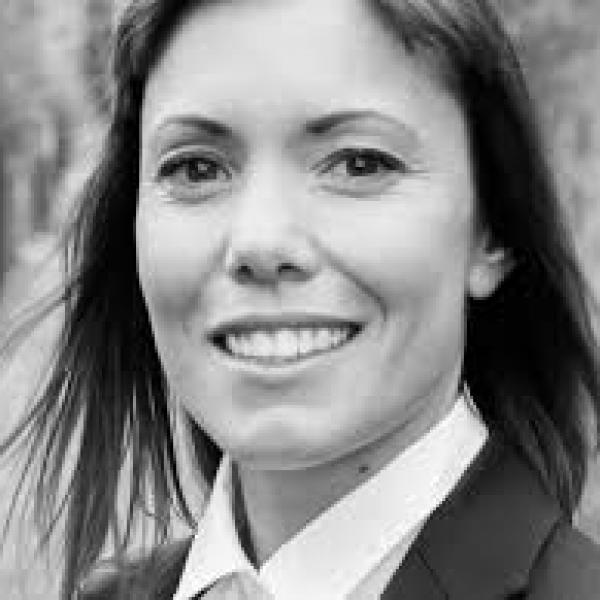Sustainable cocoa requires biodiversity
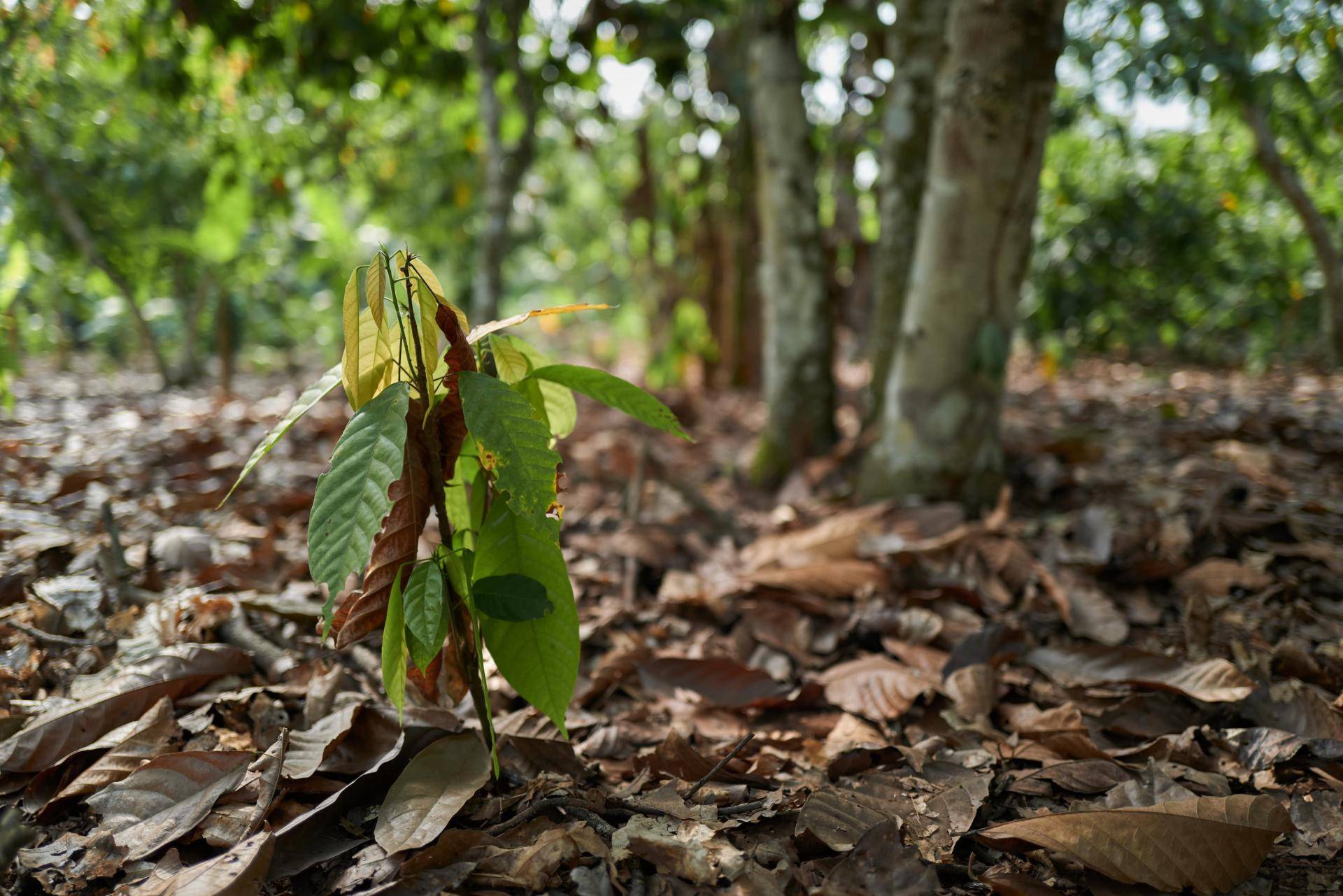
Sustainable cocoa requires biodiversity
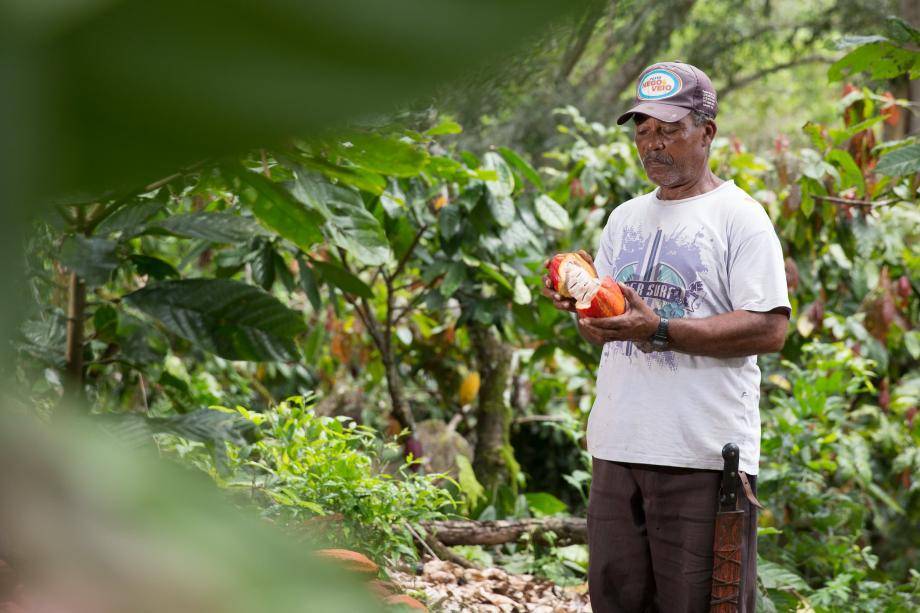
We are committed to to preserving ecosystems and increasing the long-term productivity of cocoa in environmentally suitable areas
Climate change, poor soil, overuse of fertilizers and pesticides, and a lack of natural inputs, such as shade and pollinators, are adding more pressure on cocoa farmers who are already experiencing declining cocoa yields. If you ask a farmer what an optimal cocoa farm looks like, they will describe it as having steady and optimum cocoa yields without the additional costs of purchasing inputs such as fertilizer or agrochemicals. To stop further encroachment into protected forest areas, cocoa farmers need to be equipped to increase the amount of cocoa they grow on the same, or even less, land.
As part of our Forever Chocolate plan to make sustainable chocolate the norm, we are committed to be carbon and forest positive by 2025. At Barry Callebaut, biodiversity is a key driver to continue our progress towards becoming carbon and forest positive. By reducing our carbon footprint and achieving a deforestation free supply chain, we will help to preserve ecosystems and increase the long-term productivity of cocoa in environmentally suitable areas. Our commitment to biodiversity is focused on both on-farm and off-farm activities, including soil regeneration and the creation of carbon sinks, agroforestry and the regeneration of natural ecosystems.
Biodiversity - our actions
Biochar for carbon sinks and regenerative soil fertility
Known as “agriculture's black gold” and made from agricultural waste, such as weeds, leaves and cocoa pods, biochar can be used as a natural fertilizer to improve soil quality. Importantly, biochar can enhance living soils and create carbon sinks. Simply put, while trees can ‘temporarily remove’ carbon from the atmosphere, biochar applied to soil can capture carbon and store it for hundreds of years, thus creating a permanent carbon storage.
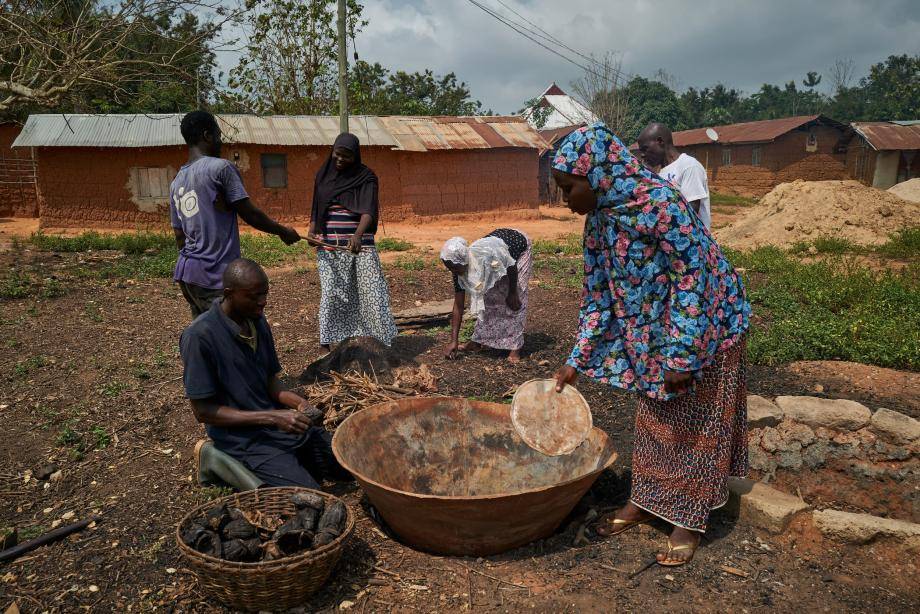
Boaso, Ghana: Farmers producing biochar, made from cocoa farm waste materials such as cocoa pods, weeds and pruned materials.
Over the past two years, we have run field trials in Ghana and Indonesia and also at various research institutions in Germany and the UK to test which biochar formulation works most effectively on cocoa and other native tree species found in cocoa growing areas.
In the last few months, we have received exciting confirmation that our biochar has positively affected both the root size and growth of the cocoa tree. This means, planting new seedlings with biochar can greatly increase the survival rate of those trees. As a result, cocoa plants will be healthier and more resistant to heat, drought and disease, reducing the need for agro-chemicals. Going forward, our plan in 2022 is to use biochar at large scale for planting both cocoa and non-cocoa trees.
Trees for protection and habitat creation
At Barry Callebaut we are committed to supporting farmers to develop farms that are resilient. Cocoa farms require a diverse ecosystem that includes a variety of tree species. By carefully observing the local natural ecosystems, we determine the best native species to plant in order to provide shade for cocoa seedlings and to attract pollinators, such as birds, bees and other insects. Enhancing on-farm ecosystems can reduce pests and diseases and, critically, the need for pesticides and fungicides.

Seedling nursery, Indonesia: we are scaling up the capacity of our nursery production facilities across the globe, including Indonesia, Brazil, Ecuador, Côte d’Ivoire, Ghana and Cameroon.
To unlock this powerful natural potential, we are scaling up the capacity of our nursery production facilities in Côte d’Ivoire, Ghana, Cameroon, Brazil, Ecuador and Indonesia. Our nurseries are stocked with both cocoa and non-cocoa seedlings. For example, in Côte d’Ivoire we are distributing close to 1 million seedlings in 2021, with species including cocoa, teak, mahogany, sugar palm, coconut and mandarin.
In addition, we are working closely with farmers to provide technical assistance and farm diagnostics. For example, we offer access to high-quality seedlings and support with the selection of non-cocoa trees, and importantly, assistance to increase the survival of the non-cocoa tree species.
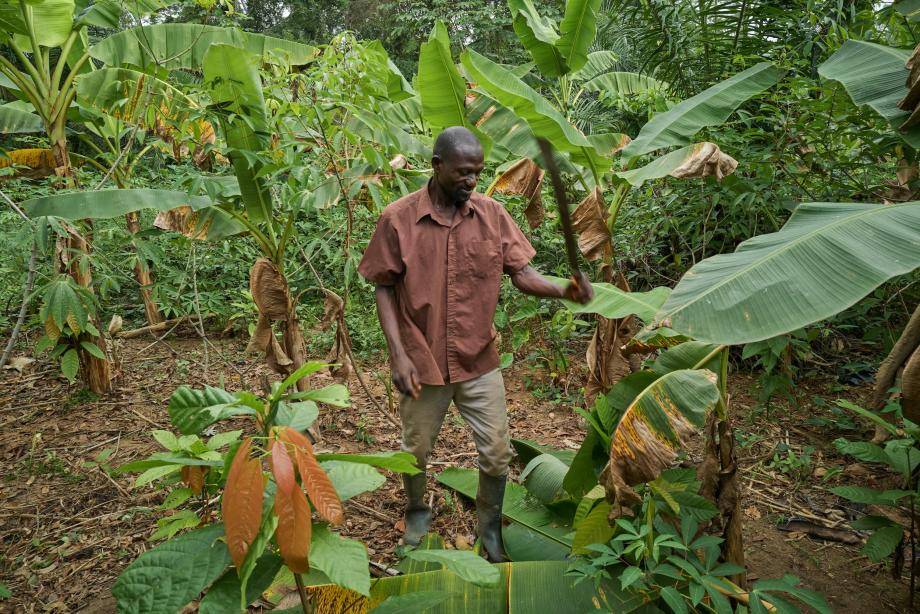
Asawinso B, Kramokrom, Ghana: Yussif Fodjour has underplanted cocoa seedlings on his old cocoa farm. He’s also planted some banana and plantain to help give the seedlings shade.
Innovative planting and monitoring
As part of our approach, we are innovating field verification practices. Critically, our actions will extend beyond tree distribution to also include tree monitoring and remote sensing verification methods. This will help us better understand the health of our supplying farms and improve their ecosystems.
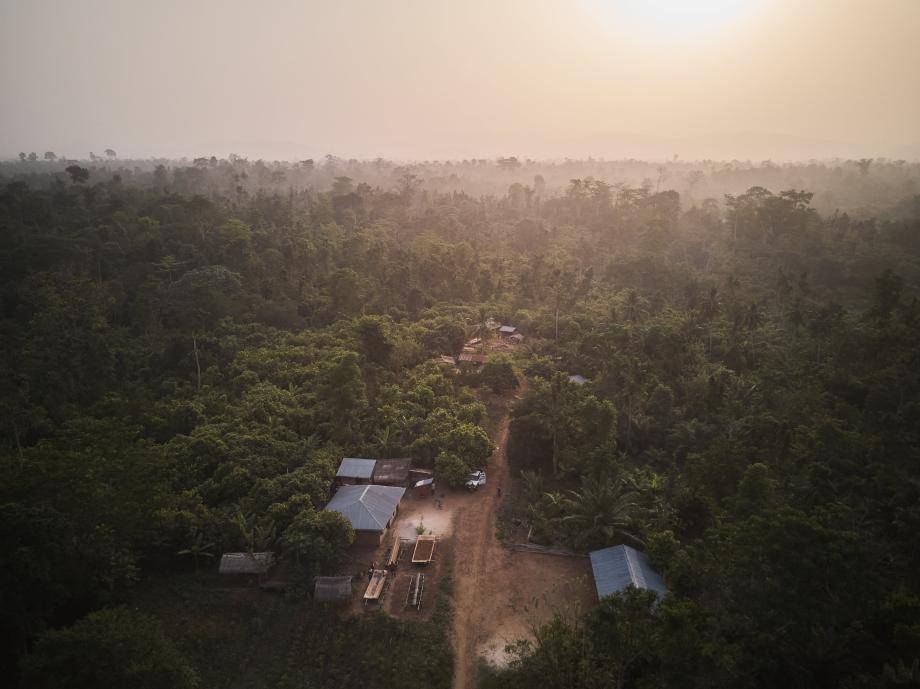
We are creating ecosystem corridors between farms with the aim to bring back the ecosphere of forests.
Restoring high-value ecosystems
Restoration of degraded forests and ecosystem corridors between farms aims to bring back the ecosphere of a forest, such as water and soil quality and native plant species. In May 2021, we commenced the planting of 300 hectares of degraded forest in Côte d’Ivoire. As part of this project, we are planting around 35 species to help restore the original state of the existing environment. Through this activity, we are also creating employment opportunities for local communities. We intend to scale this activity and focus on the restoration of classified forests and other areas to ensure sustainability and the achievement of our Forever Chocolate commitments.
For further information on our efforts to become carbon and forest positive, please see our latest Forever Chocolate Progress Report.
